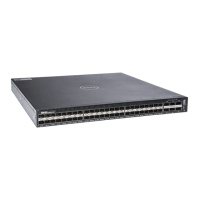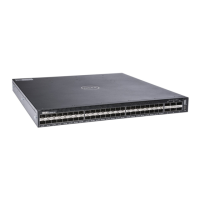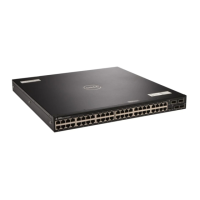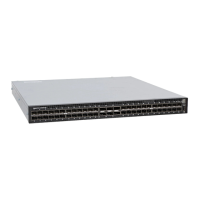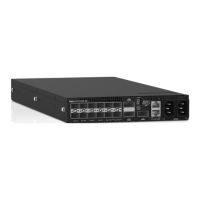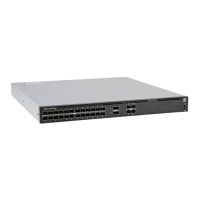Weighted Random Early Detection
Weighted random early detection (WRED) is a congestion avoidance mechanism that drops packets to prevent buering resources from
being consumed.
The WRED congestion avoidance mechanism drops packets to prevent buering resources from being consumed.
Trac is a mixture of various kinds of packets. The rate at which some types of packets arrive might be greater than others. In this case,
the space on the buer and trac manager (BTM) (ingress or egress) can be consumed by only one or a few types of trac, leaving no
space for other types. You can apply a WRED prole to a policy-map so that specied trac can be prevented from consuming too much
of the BTM resources.
WRED uses a prole to specify minimum and maximum threshold values. The minimum threshold is the allotted buer space for specied
trac, for example, 1000KB on egress. If the 1000KB is consumed, packets are dropped randomly at an exponential rate until the maximum
threshold is reached (as shown in the following illustration); this procedure is the “early detection” part of WRED. If the maximum threshold,
for example, 2000KB, is reached, all incoming packets are dropped until the buer space consumes less than 2000KB of the specied
trac.
Figure 111. Packet Drop Rate for WRED
You can create a custom WRED prole or use one of the ve pre-dened proles.
Table 78.
Pre-Dened WRED Proles
Default Prole Name Minimum Threshold Maximum Threshold Maximum Drop Rate
wred_drop 0 0 100
wred_teng_y 467 4671 100
wred_teng_g 467 4671 50
wred_fortyg_y 467 4671 50
wred_fortyg_g 467 4671 25
748 Quality of Service (QoS)

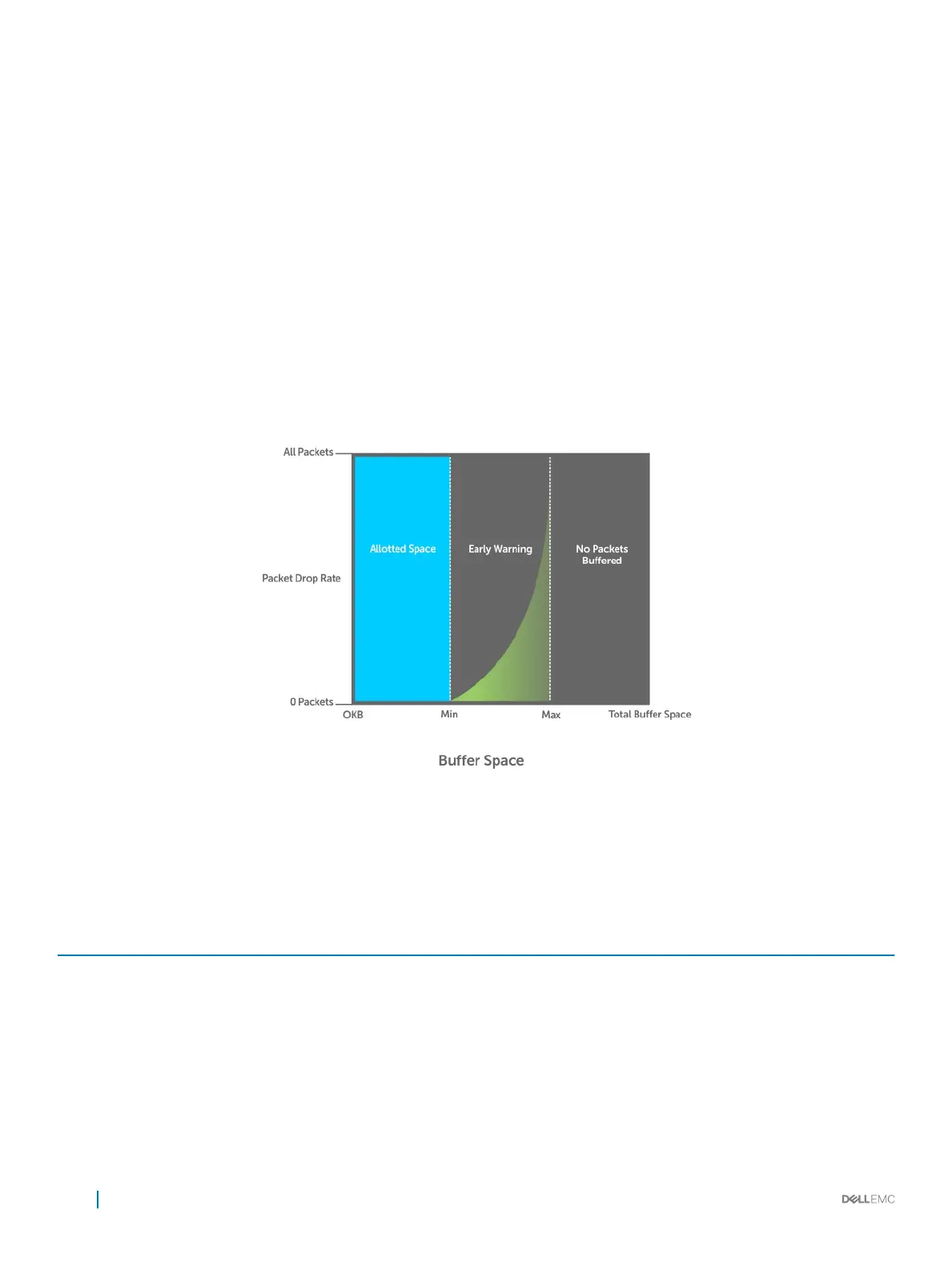